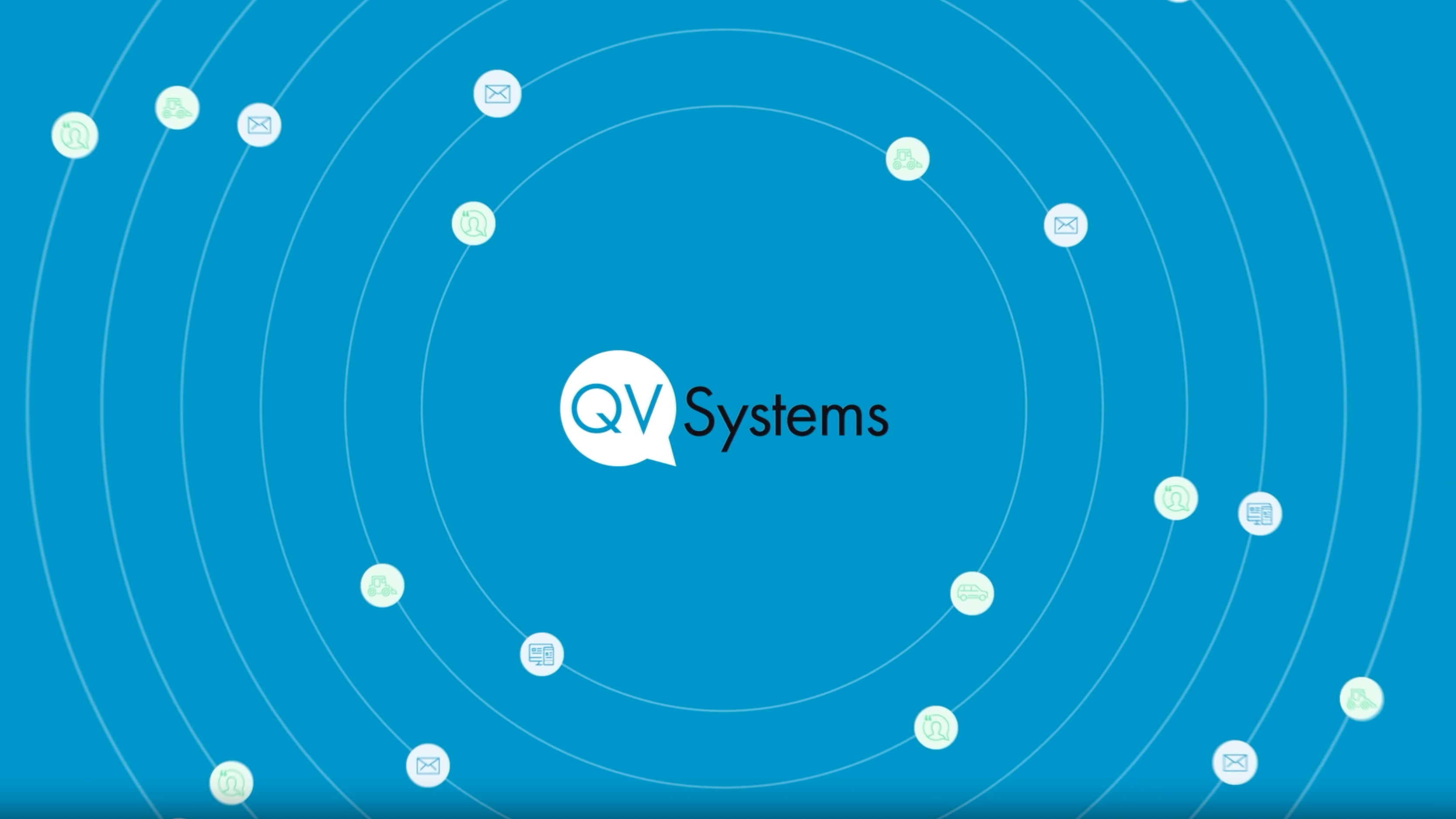Nearly a decade ago, QV Systems was started by CEO and founder Daniel Layne. We caught up with Daniel to reflect on the journey so far, and where QV looks to go in the future.
What is your background - how did you get into Fintech?
My career began in retail banking. After leaving school, I joined Abbey National (as it was then, now part of Santander) in their Card Services department, before moving to ATM Systems. There, I worked on the ATM and card payment networks and built a database to manage the testing of Chip and PIN (now, of course, overtaken by contactless!).
From there, I worked building systems for advertising and insurance, before I got my first job in auto finance, working for White Clarke Group building large scale Dealer POS systems for companies like Volkswagen, Toyota and GMAC.
How did QV Systems start?
QV Systems started as a pure technology experiment to give me something to do during a particularly unpleasant commute from Nottingham to Birmingham. With the inception of cloud computing happening around the same time, I thought that there must be a better and more efficient way of providing the solutions finance companies required, without spending years implementing effectively the same solution over and over again. Cloud computing was just starting to gain traction, and I saw that as a chance to move what I was doing to the next level... so I got to work!
Can you sum up QV’s proposition in 10 words or less?
Future ready financing.
What does future ready financing mean?
Future ready financing means QV Systems ensures our customers can not only catch up to innovations that have already occurred, like appification, always on, push notifications, SMS etc., but can also anticipate, preempt and service future customer demands.
The QV Systems team is always hungry to look for innovative ways to improve the platform. This ensures our customers are future ready, and are able to always meet ever-changing customer needs.
QV Systems serves the automotive and asset finance industries. What are the biggest changes you’ve seen in these industries over the past year?
The biggest change we’ve seen across all these industries is a shift in thinking. Over the past decade we’ve been bringing the same messaging to the market about up-to-date, always online accessible systems that can adapt and develop to your business needs as required. As people haven’t been able to work in the office and have had to adapt to more dynamic ways of working, expectations of how workplace systems behave have continued to change.
While the past year has been a tragic situation for so many people, the way these industries have pulled through have been amazing. Consumer expectations have changed dramatically over the past year, and the industry has done four years worth of work in one to meet those.
What would your predictions be for future innovations or market-place changes in these markets?
A more mainstream way of financing businesses in equipment and asset finance will begin to emerge, whether that be financing start-up or operational costs. As we see a shift in working, more people are starting their own businesses and require equipment or asset finance. These methods are a great way of setting up, without sinking large amounts of capital into the business, particularly as that’s when it’s least affordable!
From this, there will be a challenge for brokers and funders to deliver the service in the way customers expect. If, for example, someone in their early 20s is applying for finance they will have vastly different expectations of the transaction than someone of my age. It will be interesting to see how this service begins to be delivered to the mobile generation!
In auto, the continued rise of electric vehicles is an exciting development, but presents some interesting challenges. As EVs are no longer an uncommon site on the road, new challenges around the supply of vehicles, charging points and electricity emerge. How can these be sold in a combined product offering?
From an aftersales perspective, EVs don’t need the same level of servicing as ICE vehicles. This begs the question: what does that mean for the service areas and business models of dealerships as ICE is replaced? It will be interesting to see how these challenges are met and the innovative solutions that come about because of them.
I also think that as PCH continues to grow at a rapid pace, so too will the regulatory attention it attracts. It seems obvious that the regulatory changes we’ve seen in purchase products will at some point be replicated in personal leasing.
Lastly, what’s next for QV Systems?
Firstly, I’d like to say that the most exciting thing about my job is still going into a room full of people and using software that began as an idea in my head, all those years ago - especially as our customers get bigger and bigger.
We’re now at a stage where our fantastic products have been proven in the marketplace with both small and large businesses. Over the next 2-5 years, we’re going to double down on this, continuing to deliver on these products and services so we can continue to grow. Everyone at QV Systems is always looking for new opportunities and lessons, and I know the whole team is really looking forward to the next few years!





